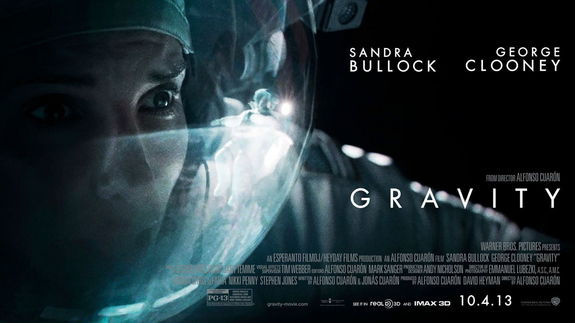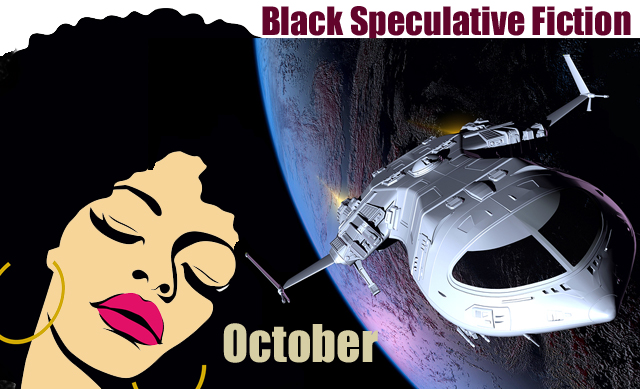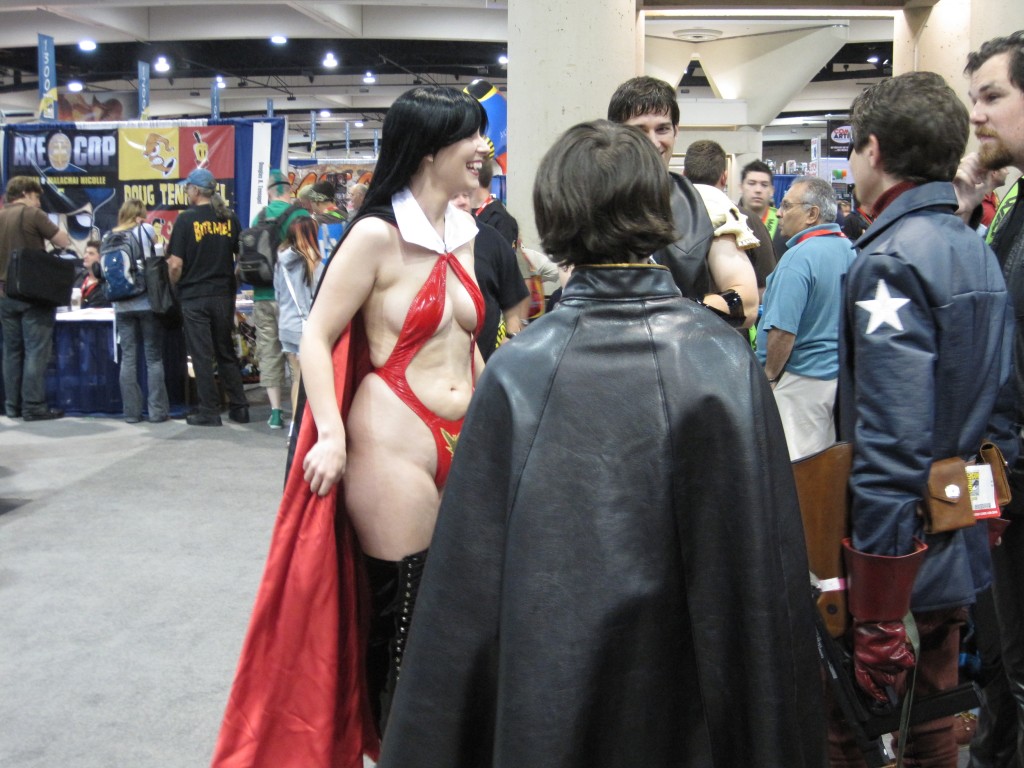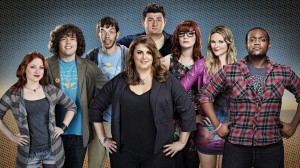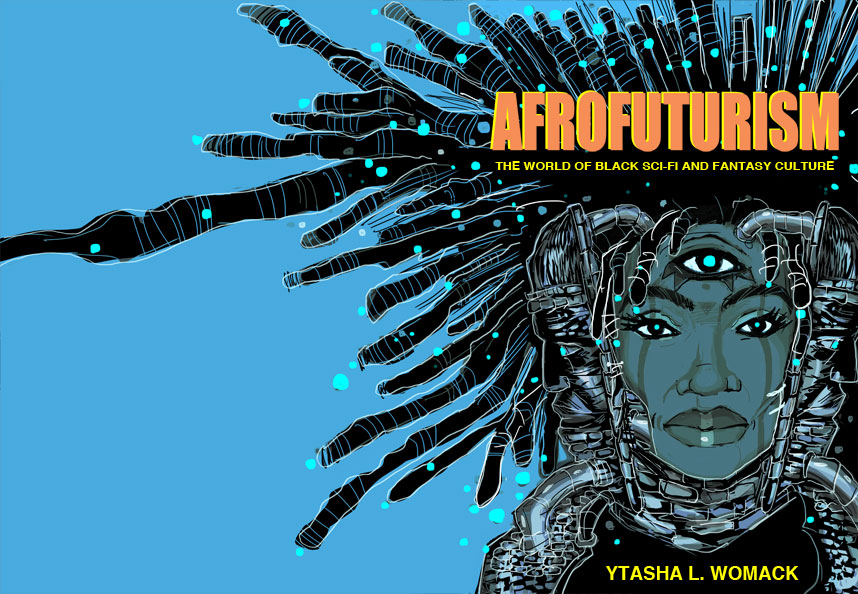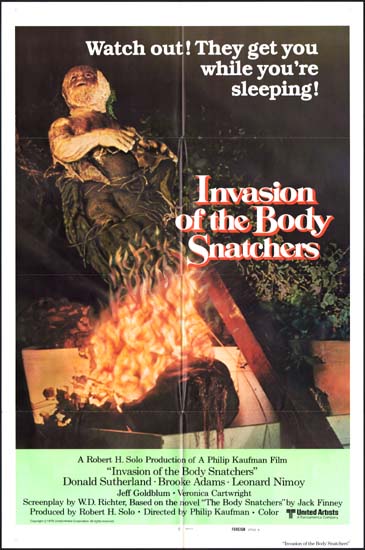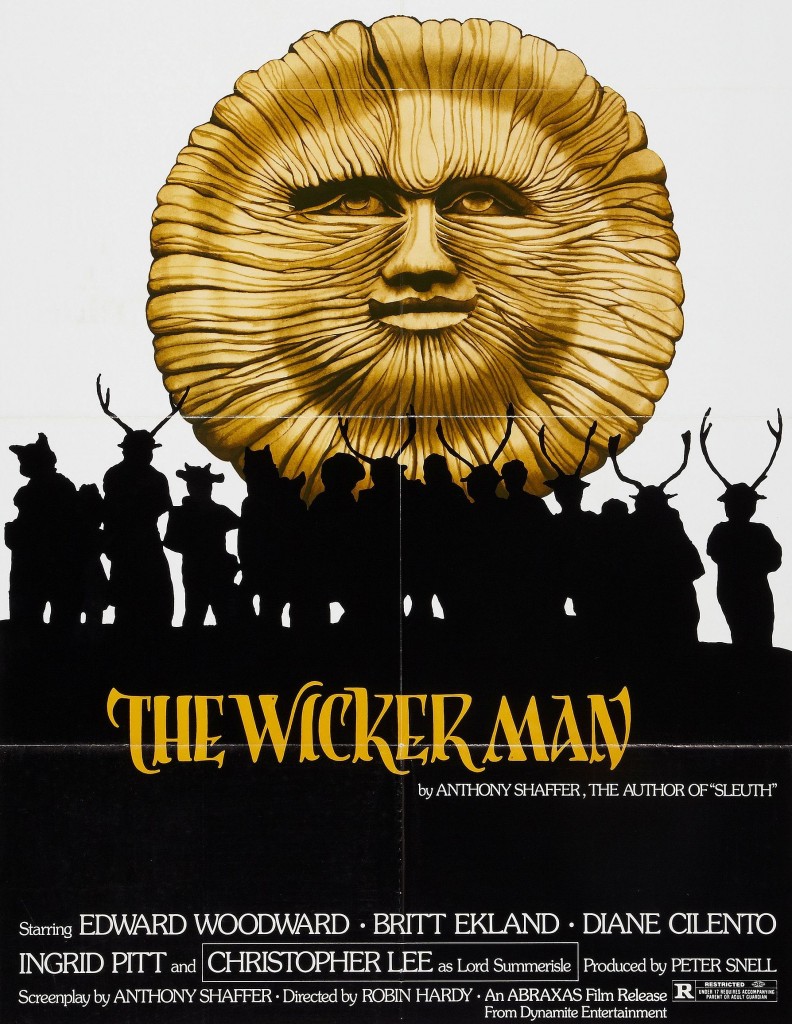I recently learned about a documentary that is currently in production, “Why Horror?,” that takes a point of view perspective through the life of Tal Zimerman, as probes the international and cultural phenomenon of horror deeply. Zimerman discusses the film below, and includes a way that you can get involved in completing this effort.
TheoFantastique: Tal, thanks for making time to discuss your documentary. The idea of probing horror more deeply certainly resonates with what this blog is all about. To begin, in the trailer for the film you describe yourself not only as a fan, but that it is also a lifestyle for you as a part of fan culture. What began your personal journey in horror, and why did you decide to probe it more deeply?
Tal Zimerman: It’s funny, the movie that really piqued my initial interest wasn’t a horror movie at all. It was Carl Reiner’s SUMMER SCHOOL. In it are two hyper-active delinquent geeks, Chainsaw and Dave, who live to watch horror movies and gross people out with special effects. They agree to study in exchange for being allowed to screen THE TEXAS CHAINSAW MASSACRE for their class. I thought they were the coolest dudes. I went straight to the little convenience store located in the same mall as the theatre and picked up my first Fangoria magazine. I was 12 years old.
But the real journey began a few months later when I first saw DAWN OF THE DEAD. Those two-and-a-half hours is the dragon I’m definitely chasing. That’s when I felt it really spoke to me.
The decision to probe it more deeply probably started when I noticed how widespread the culture had become. There was a really vibrant community of horror fanatics bubbling up here in Toronto and I felt that finally, here’s a group of people who will actually understand what the hell I’m talking about when I babble on about which part of THE GATES OF HELL is most gag-worthy and which Goblin soundtrack is best. And they did. Through social events and message boards came a million conversations of that nature. It became easier than ever to submerge myself in that world and many of these conversations evolved into deeper discussions. Tastes are swapped, vocabularies expand- it was, and still is an excellent time to be a horror fan. And every so often someone asks me why I’m so committed to it I can get quite defensive about it, partly because the tone of the person asking ranges from genuinely curious to openly derisive. But other than asking back “why does anyone like anything”, I could never offer an intelligent or sane sounding answer. It’s quite hard to describe one’s tastes to someone who just doesn’t “get it”. And the fact that I couldn’t answer it for myself, damn what anyone else thinks, annoys me to the point of really wanting to know.
TheoFantastique: What made you decide to take your person journey and make it into a documentary?
Tal Zimerman: I had initially pitched a Toronto-centric horror doc to a TV company I had worked with as an actor, which is my other job. The thing I walked in the door with talked about fan culture in Toronto and how there’s always something to do here for a horror fan. Then they asked me why I was so into it and again, I had nothing to say. And then it his us; that was our doc. That’s why it’s called WHY HORROR?.
TheoFantastique: Who are some of the folks on your production team?
Tal Zimerman: I’m working alongside Don Ferguson productions, who produce comedy for TV here in Canada. The directors of WHY HORROR? are Rob Lindsay and Nic Kleiman who have worked together on TV projects for a number of years.
TheoFantastique: What types of perspectives and disciplines have you explored thus far to capture a multifaceted understanding of this complex cultural phenomenon?
Tal Zimerman: It’s really broad and that’s something we all knew would make this a strong statement. We’re looking at cave art, video games, and everything in between, trying to understand the function of scaring ourselves and each other- it seems to have been with us since before we could talk. Most of our interview subjects so far have been with film makers, but we have had lots of conversations with sociologists, psychologists, writers, artists, actors, and journalists. We still have more brain science types to speak with, in addition to historians and video game developers. People who can not only answer the question of “why” but also those who could help us chart its enormous rise in popularity.
TheoFantastique: Any “aha” moments for you during production as you’ve interviewed people?
Tal Zimerman: There have been several excellent, eye-opening quotes from people expressing why they as individuals love horror, but the real “aha” came through talking to a social psychologist named Joseph Hayes, whose main field of study looks at people’s responses to their anxieties over death. He, as an outsider, was able to look at the culture of horror as I know it and describe it as not unlike other cultures’ rituals of processing death. Like it’s a culture that exists to oppose the larger mainstream society that has it’s own ideas about death and given those ideas, it makes sense that there would form a culture that would challenge those ideas through art. As exciting as it was to talk to people like George A. Romero and John Carpenter, and believe me these are bucket list moments, talking psychology is really blowing my mind.
TheoFantastique: You have a Kickstarter campaign that is launching to fund the movie. What can you tell us about how to get involved in that?
Tal Zimerman: It’s true. We have some funding, but we want to go a little bigger. Everything we have shot has taken place in Toronto and we’re lucky as a city to host big genre conventions and film festivals. We want to take the story to parts of Europe, Asia, and the US and try to show as much as, if not more than we tell. If we can get 40 fantastic interviews standing still, imagine what we could do when we’re mobile! We want to see the Goyas and the Boschs, film the locations that birthed the Gothic movement, and talk to people from the diverse cultures that have had a pronounced output of horror. It’s ambitious, but we think it’s the kind of film that is interesting for fans and non-fans alike. To get involved, visit out kickstarter page at www.kickstarter.com/projects/whyhorror/why-horror-a-new-documentary. We also have a website – www.whyhorror.com and a Faceboook page www.facebook.com/whyhorror.
TheoFantastique: I wish you the best of luck with the film. I can’t wait to see what the final result looks like, and I hope it contributes something important to fans who want to think more carefully about this passion, and that it might also be a resource for academics studying culture, genre, media, and fandom.

